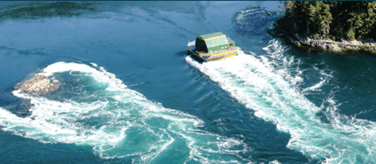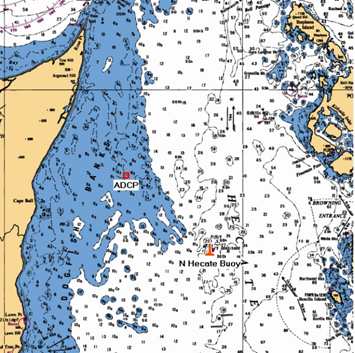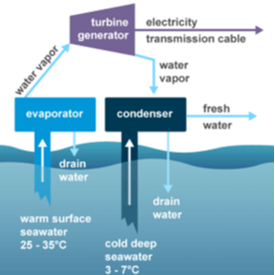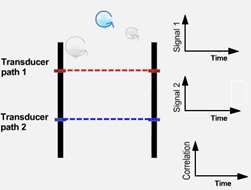


Tidal Energy
Engaging in tidal power projects is just one of the numerous green energy initiatives that ASL has been actively pursuing. There is a high level of demand for tidal energy in Canada and the U.S, especially on their respective coastlines due to the high tidal range. ASL utilizes physical oceanographic current surveys (Transect Surveys) and numerical modeling to continuously drive innovation within the field, along with developing techniques for flow measurement and creating high resolution models. Although it is not without its obstacles, tidal energy is a promising field for remote coastal areas that can offer a replacement for diesel electrical generation within indigenous communities, industrial operations, and fishing lodges.
ASL has also been involved in numerous site evaluation projects in areas such as Race Rocks, Victoria, and Campbell River.
ASL has provided specific support on projects with the Canoe Pass Tidal Energy Corporation, where they used numerical modeling to predict flows following the installation of vertical axis turbines. ASL has continued to improve on their Numerical Modeling capabilities and through implementing new innovations, can now offer high-resolution numerical models such as the FVCOM to better support tidal turbine operations.





